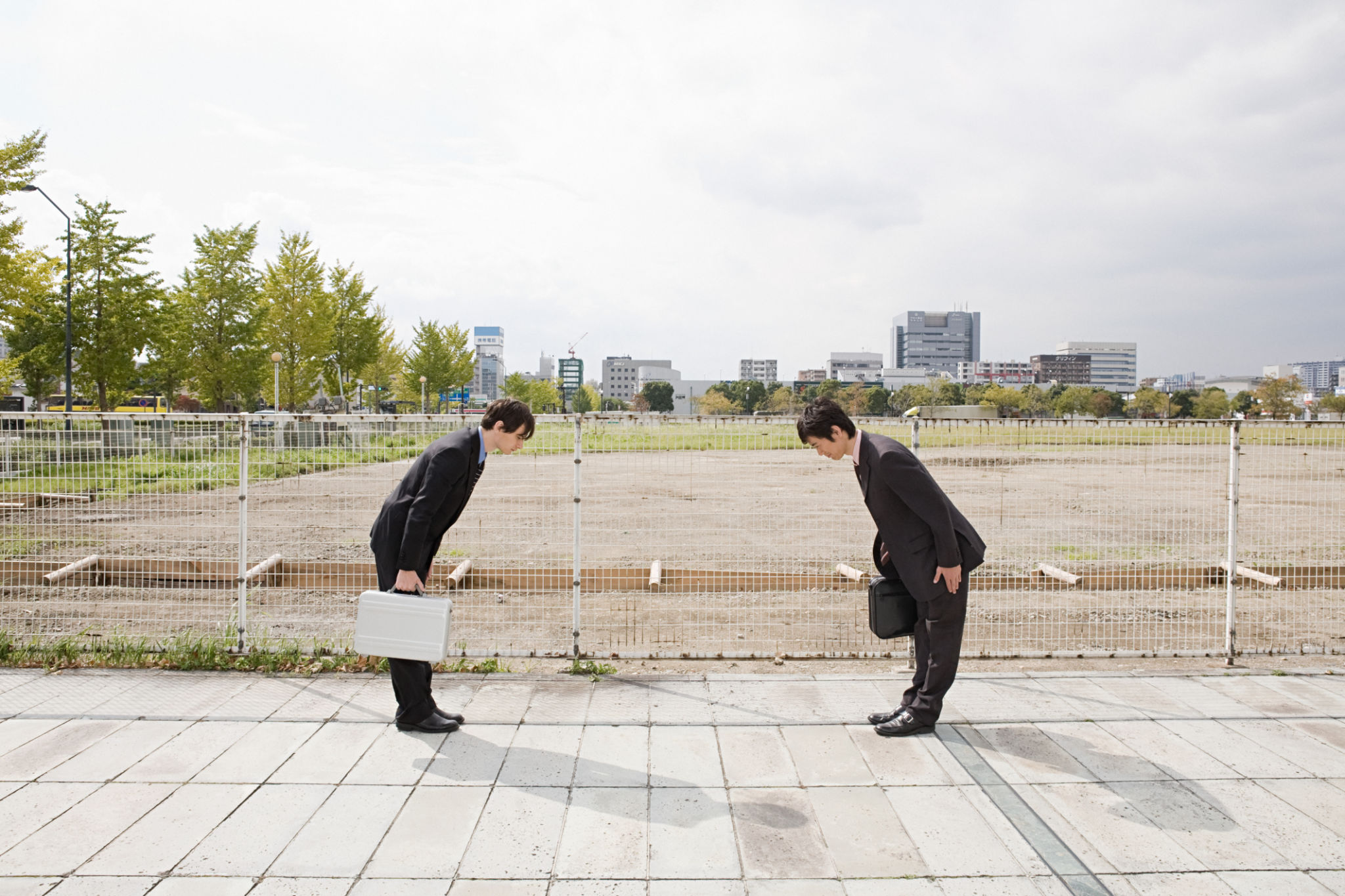Case Study: How a Texas Construction Site Improved Security with Remote Solar Cameras
Introduction
In an era where technology has become a cornerstone of operational excellence, the construction industry is continually seeking innovative solutions to enhance site security. One Texas construction company recently took a proactive step by implementing remote solar cameras, achieving a significant improvement in their security measures.
Security on construction sites is a critical concern, with valuable equipment and materials often vulnerable to theft and vandalism. This case study explores how a Texas-based construction company leveraged the power of remote solar cameras to safeguard their assets and streamline operations.

Challenges in Construction Site Security
Construction sites face numerous security challenges. From unauthorized access to theft and vandalism, these issues can lead to significant financial losses and project delays. Traditional security methods, such as on-site guards or wired camera systems, often fall short due to high costs and logistical difficulties.
For our Texas construction company, these challenges were compounded by the vastness of the site and the need for constant monitoring. This prompted them to seek an alternative solution that would be both cost-effective and efficient in addressing their security concerns.
The Innovative Approach: Remote Solar Cameras
Remote solar cameras emerged as the ideal solution for the company’s security needs. These cameras are powered by solar panels, ensuring continuous operation without reliance on the grid. This feature is particularly beneficial for construction sites, which may not have easy access to power sources.
The cameras are equipped with advanced features such as motion detection, night vision, and real-time alerts. This enables the security team to monitor the site 24/7, even from remote locations, enhancing their ability to respond swiftly to any incidents.

Implementation and Results
The implementation of remote solar cameras was a straightforward process. The cameras were strategically placed around the site to cover all critical areas, including entry points, equipment storage zones, and perimeters. The solar panels ensured that the cameras were operational around the clock, regardless of weather conditions.
Within weeks of deployment, the construction company began to see tangible results. The number of unauthorized entries dropped significantly, and incidents of theft were virtually eliminated. The presence of visible cameras acted as a powerful deterrent, discouraging potential criminal activity.
Benefits Beyond Security
The advantages of remote solar cameras extended beyond improved security. The ability to remotely monitor the site allowed for better project management and coordination. Site managers could oversee operations in real-time, ensuring that work progressed according to schedule.
Additionally, the company experienced cost savings by reducing the need for on-site security personnel. The initial investment in solar camera technology was quickly offset by these savings, making it a financially viable solution.

Conclusion
This case study illustrates how remote solar cameras can transform security management on construction sites. By integrating this technology, the Texas construction company not only enhanced its security protocols but also improved overall operational efficiency.
As the construction industry continues to evolve, adopting innovative solutions like remote solar cameras will be crucial in addressing the ever-present challenges of site security. This success story serves as a testament to the potential benefits that such technology can offer.
